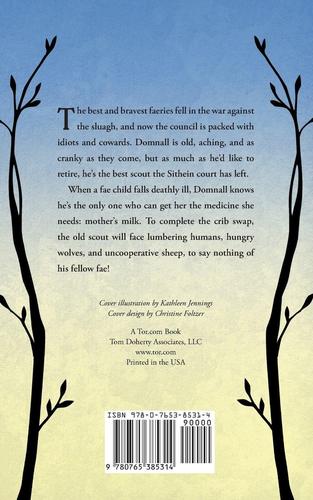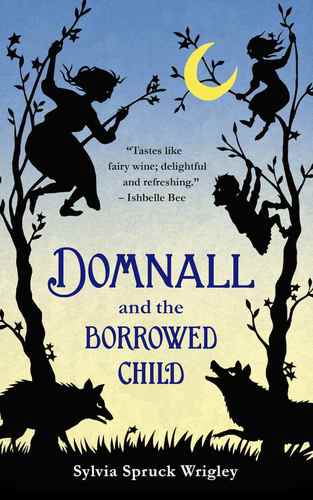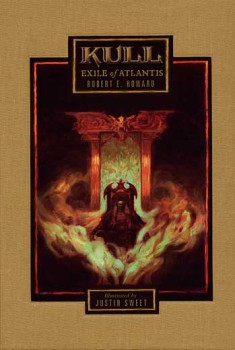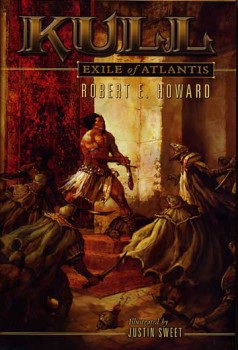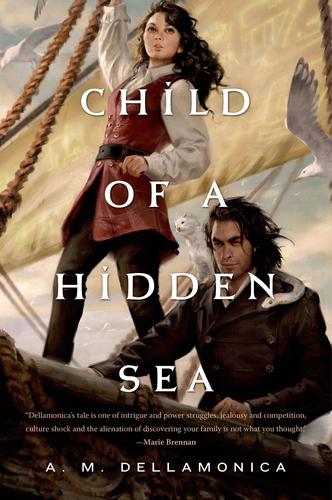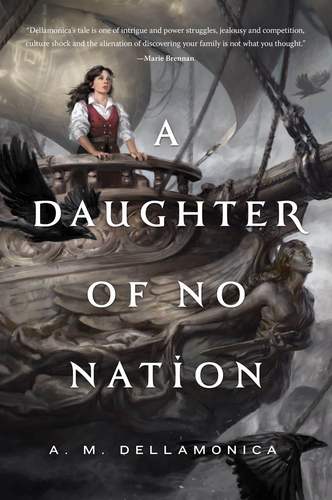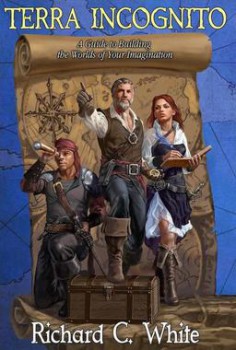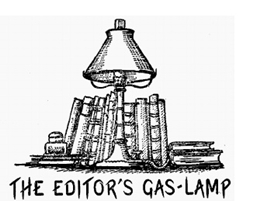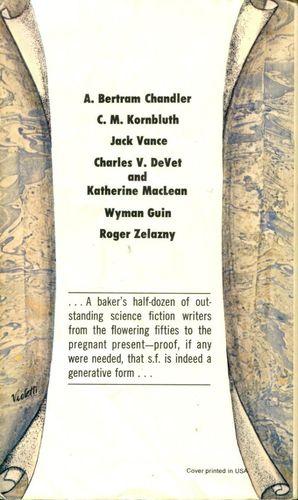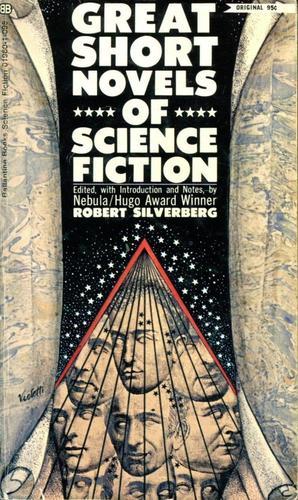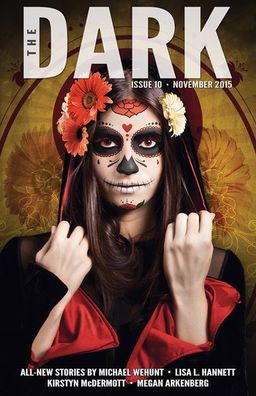How I Used Steampunk to do George Orwell (But With More Sword Fights and Magic)
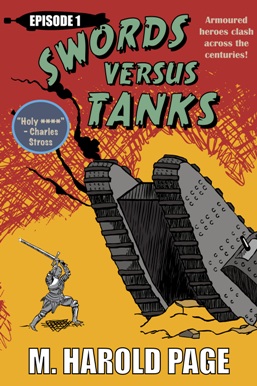
“Holy ####! I’m a Steampunk author!”
I was staring at the Amazon Kindle rankings and the first volume of Swords Versus Tanks had just crept into the top 10.
Actually, I like Steampunk, but the story was supposed to be Heroic Fantasy or even Sword and Sorcery. After all, swords is what I do for fun.
Back when I was planning what I hoped would be my début novel, I wanted to put magically-enhanced medieval knights up against tanks, but I didn’t want to involve a modern military — too sophisticated with too much tech; I would end up spending most of the novel finding magical ways to break drones and cruise missiles that didn’t also break the medieval setting.
If my tanks were going to be pre-modern, then I might as well pick the era with the coolest looking tanks — that gave me WWI, which also gave me Zeppelins.
So Great War tanks and Zeppelins and semi-automatic weapons. That made at least half the story Steampunk (Decopunk actually)… not half the novel as in the first (or second) half. Rather half the genre. The other half is Heroic Fantasy. As a reviewer kindly put it:
…it’s like every fantasy, steam punk or alternative history novel thrust screaming into a thunderdome and told to fight for our entertainment.
But Steampunk provided more than just carefully calibrated tactical situations with nice aesthetics, it also let me write about big ideologies.

